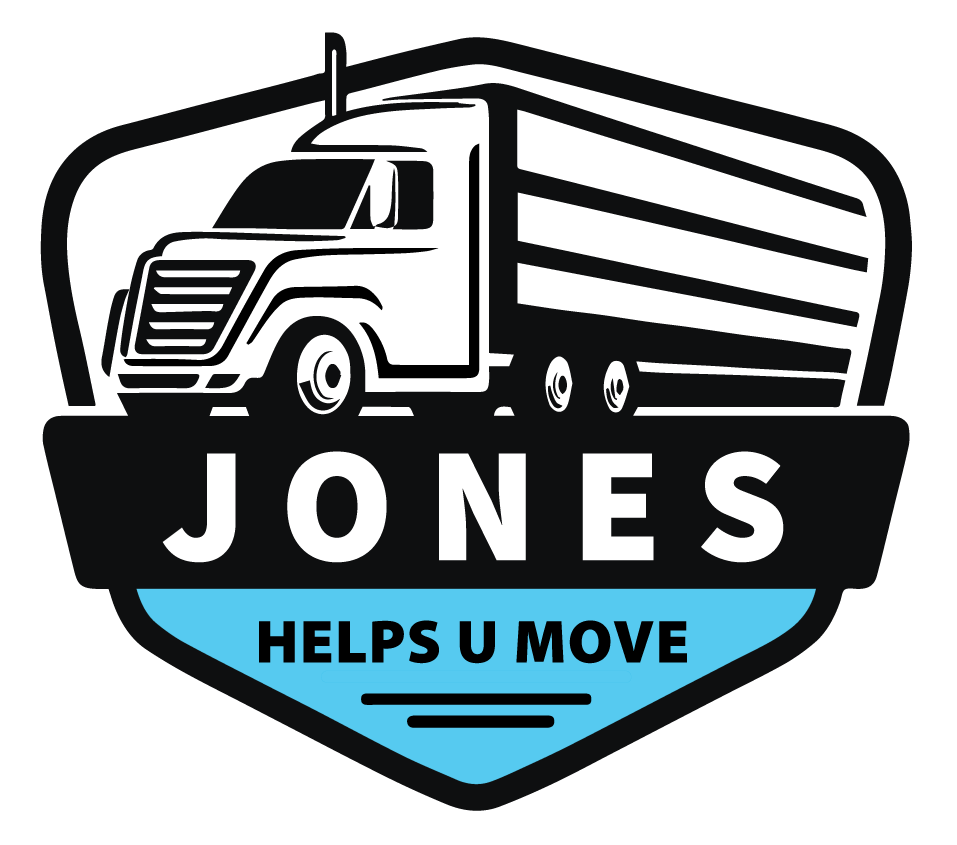Relocating to a new city or even a new country can be exciting, but the process of moving can also be overwhelming. With so much to get done in so little time, a guide in order to be more organized and ready for your move is almost necessary. In order to ease this transition and reduce stress, the following ten-step guide has been developed to help you prepare for your long-distance move effectively.
1. Plan Your Move:
A successful long-distance move starts with careful planning. Begin by determining your moving date, considering factors such as lease expiration, job start dates, or school schedules. Create a comprehensive moving timeline detailing all tasks to be completed, ranging from hiring movers to setting up utilities at your new residence. Starting your planning at least three months in advance will give you ample time to tackle everything without stress.
2. Set a Budget:
Moving long distances can be expensive. It’s crucial to understand all potential costs and set a realistic budget. Your budget should include moving company fees, packing supplies, travel expenses (like lodging and meals), utility setup fees, and any potential storage costs. Having a budget will help you make informed decisions during the moving process.
3. Research Moving Companies:
For a long-distance move, hiring professionals can save you time, stress, and potential damage to your belongings. Look for companies that specialize in long-distance moves and have good reputations. Ask for detailed estimates, understand their insurance policies, and make sure they are licensed for interstate moves if you’re moving across state lines.
4. Inventory and Declutter:
Before you start packing, take inventory of your belongings. This can help you estimate the number of boxes and packing materials needed, and it’s useful for insurance purposes. Also, now is the perfect time to declutter. As you sort through items, make decisions about what to keep, sell, donate, or discard. Reducing your load can significantly decrease your moving costs.
5. Obtain Packing Supplies and Pack Carefully:
Secure appropriate packing supplies, including boxes, bubble wrap, packing tape, and markers. For a long-distance move, items will need to be packed more securely to withstand the journey. Use plenty of padding, especially for fragile items, and label each box clearly. For valuable items like jewelry or important documents, consider taking them with you personally to ensure their safety.
6. Notify Important Parties of Your Move:
It’s important to notify relevant parties of your upcoming move. This includes your employer, schools, bank, insurance companies, and subscription services. Forwarding your mail via the postal service is a good start, but updating your address directly with important parties ensures no mail gets lost.
7. Disconnect and Connect Utilities:
Organize the disconnection of utilities at your current residence to coincide with your moving date, and set up utilities at your new home to start before you arrive. This includes electricity, gas, water, and internet. The last thing you want is to arrive at your new home without power or water!
8. Plan Your Travel:
For a long-distance move, consider how you and your family will reach the new location. Will you drive, fly, or take a train? Consider the cost, time, and feasibility of each option. If you have pets, ensure you’ve figured out the safest and least stressful way to transport them. Don’t forget to book accommodations in advance if your journey requires overnight stops.
9. Pack an Essentials Box:
Pack a box or suitcase with essentials you’ll need for the first few days after your move, just in case there’s a delay with the moving truck. This should include toiletries, clothes, essential cooking supplies, important documents, medications, and a few comfort items.
10. Do a Final Walk-Through:
Once everything is packed and ready to go, do a final walk-through of your old residence. Check each room, closet, and outdoor space to ensure nothing is left behind. Check that all windows and doors are locked, utilities are turned off or scheduled for disconnection, and leave a note with your new address in case future residents need to forward your mail.
In conclusion, a long-distance move, though daunting, can be navigated successfully with meticulous planning and organization. By setting a clear plan and budget, selecting the right movers, taking inventory, decluttering, packing properly, notifying key parties, handling utilities, planning travel, packing an essentials box, and performing a final walk-through, you can set yourself up for a smooth and stress-free transition to your new home. Embrace the journey and look forward to the new opportunities that await in your new location.
If you are looking for assistance with your long-distance move, contact Jones Helps U Move, for expert moving services!

